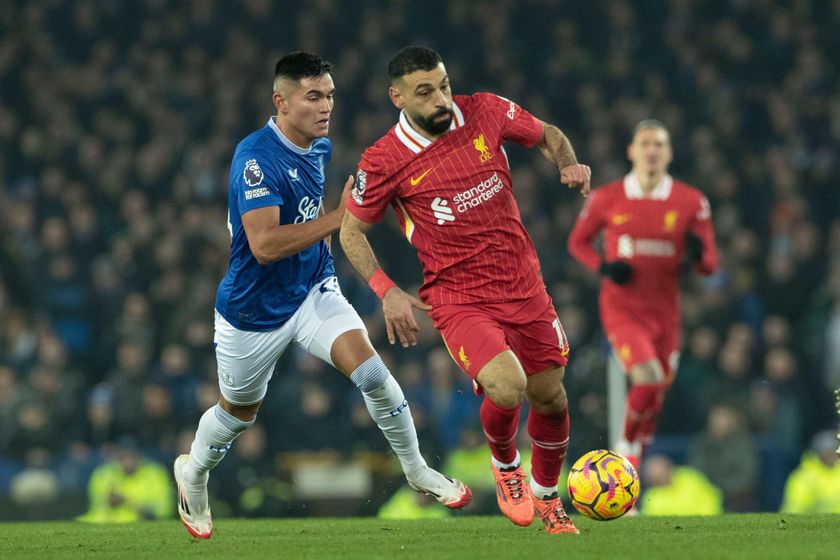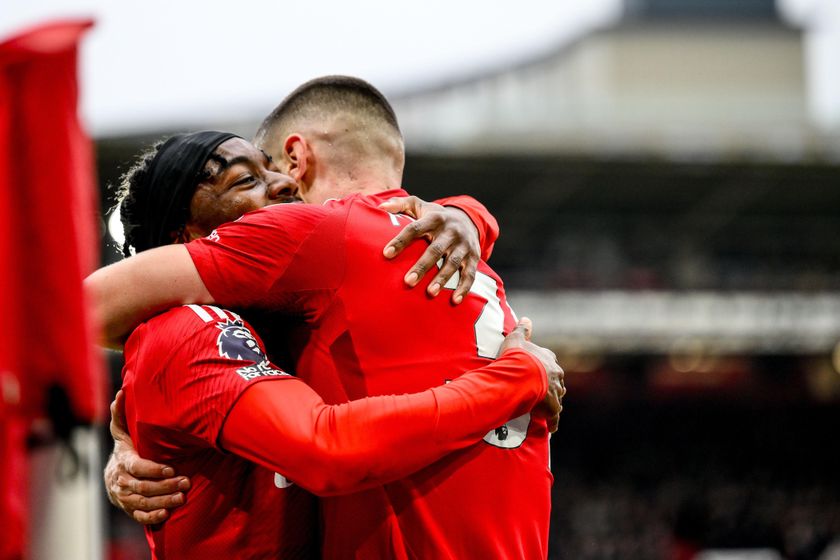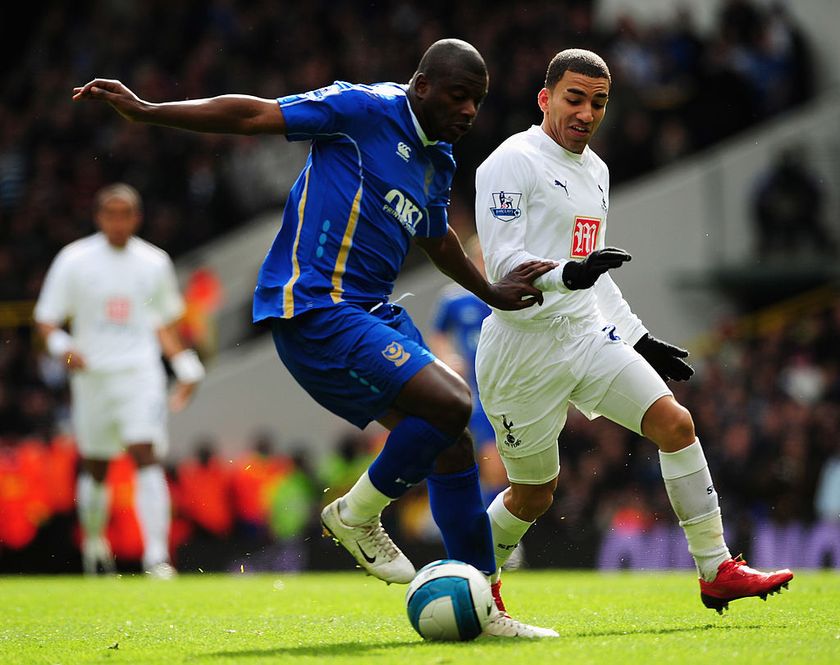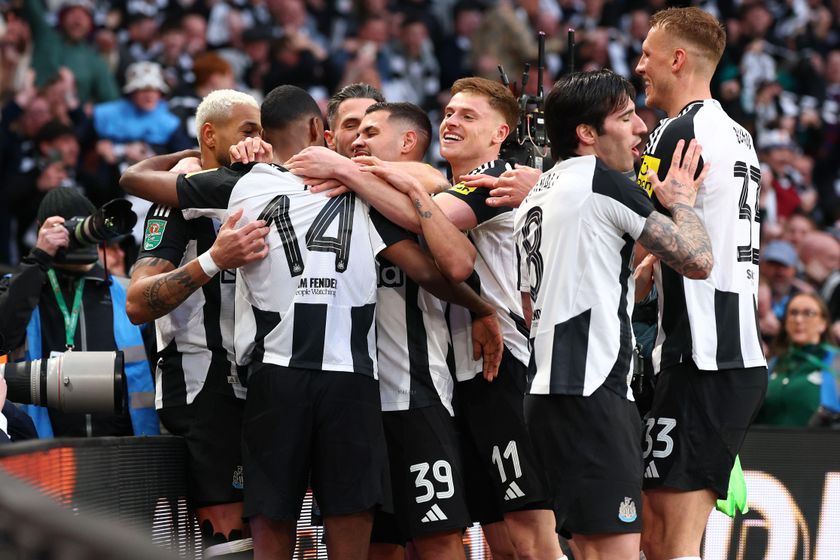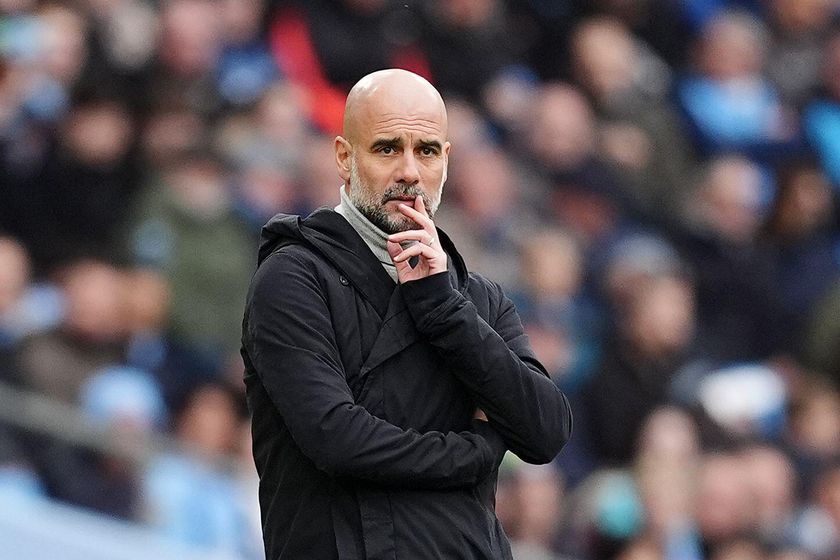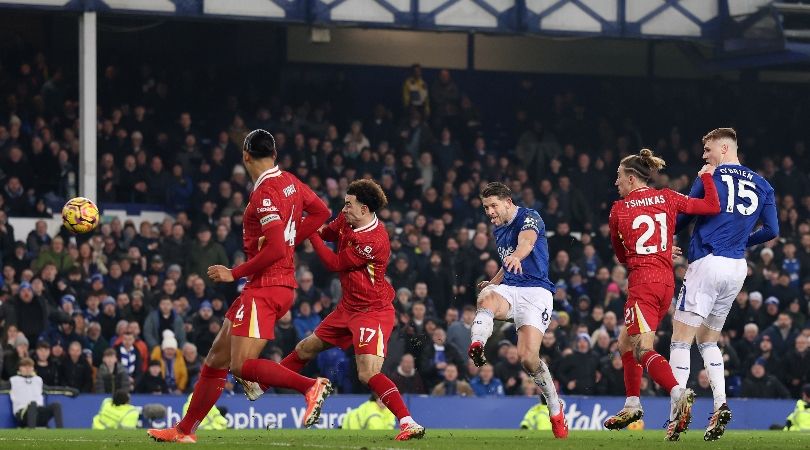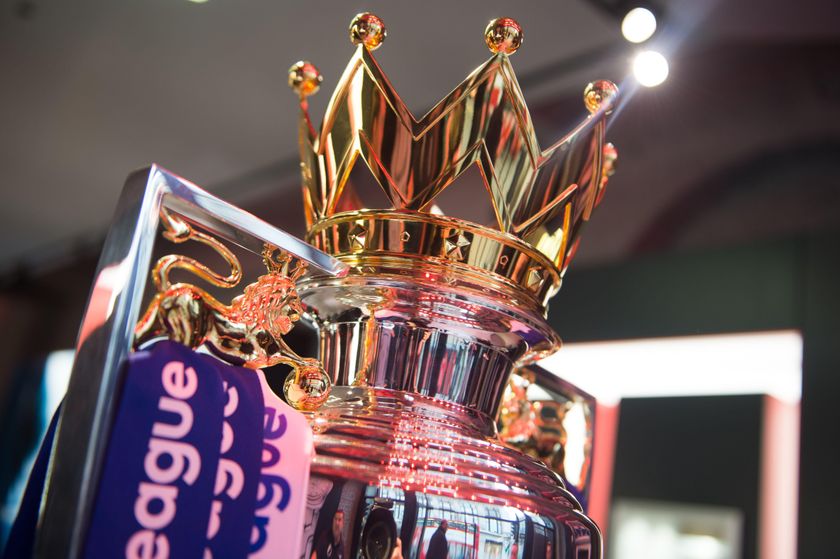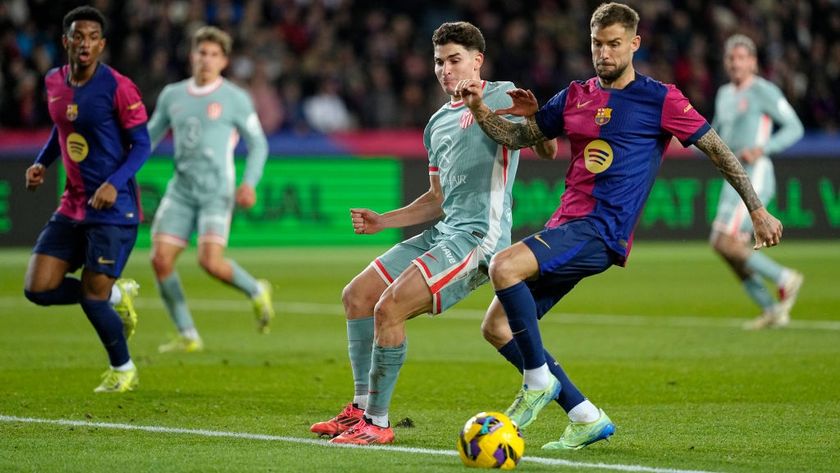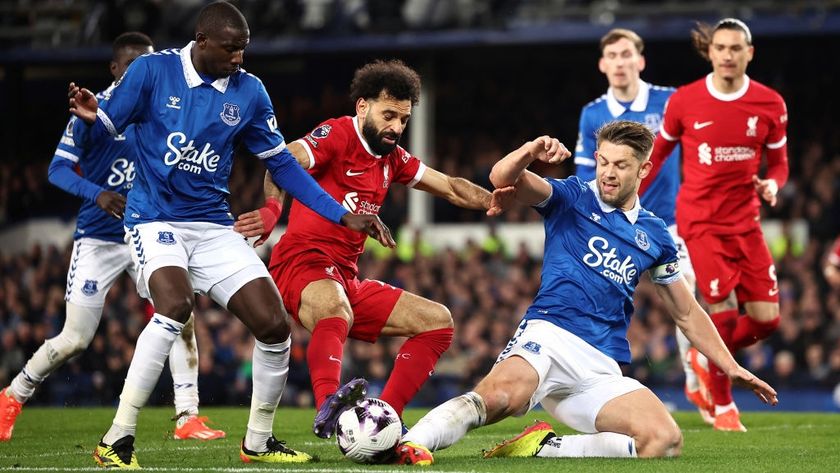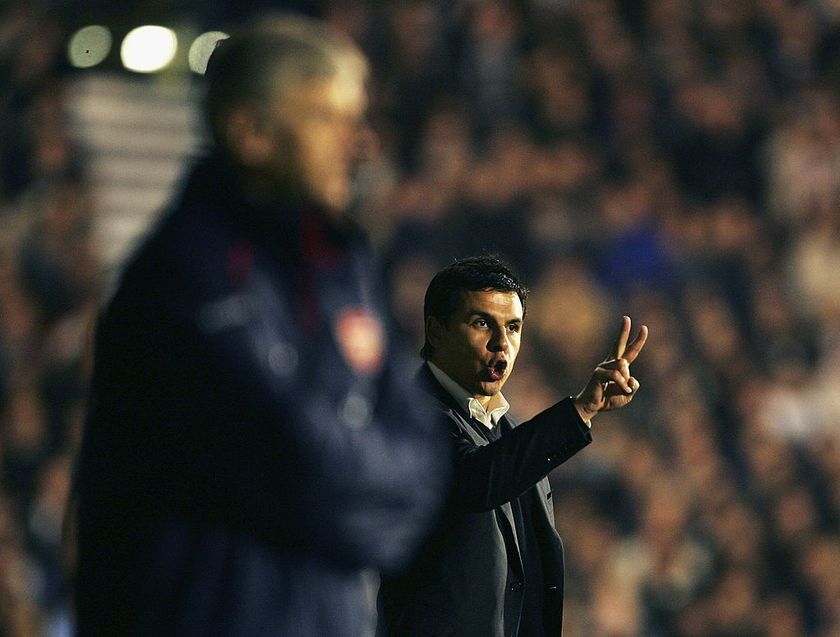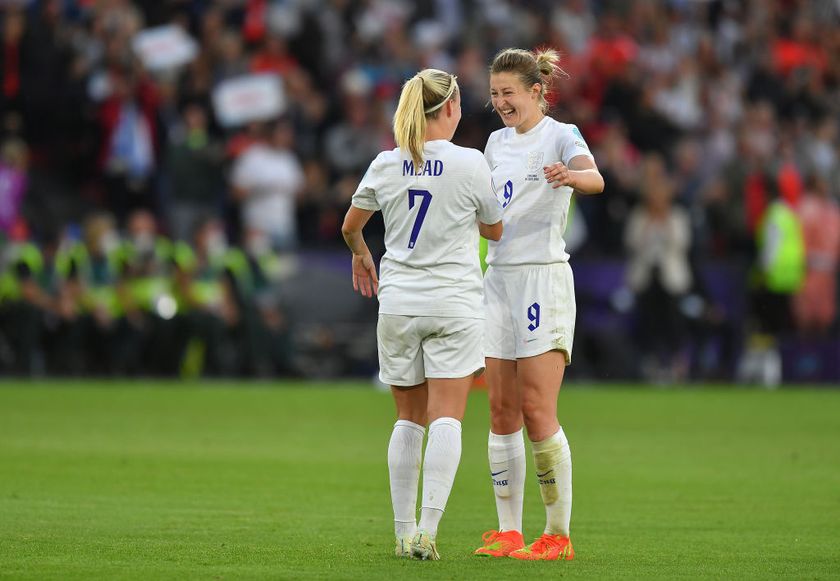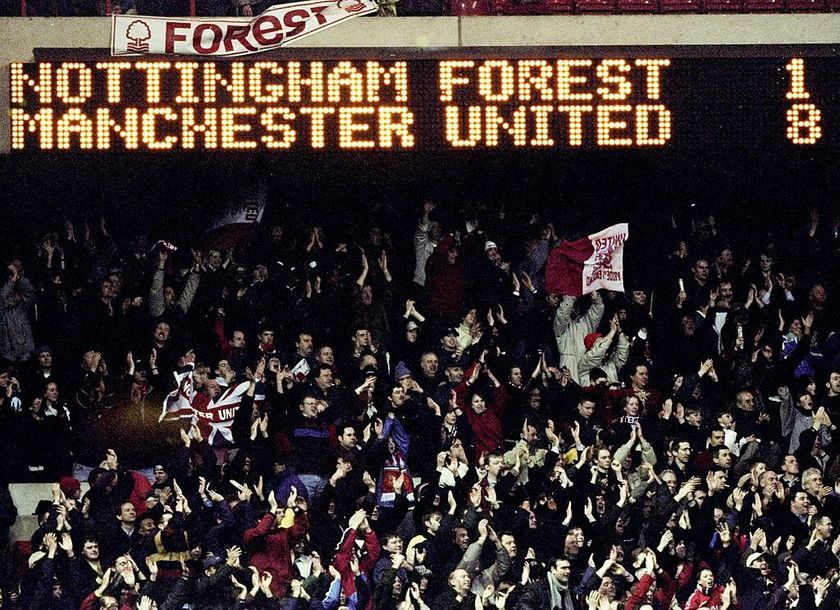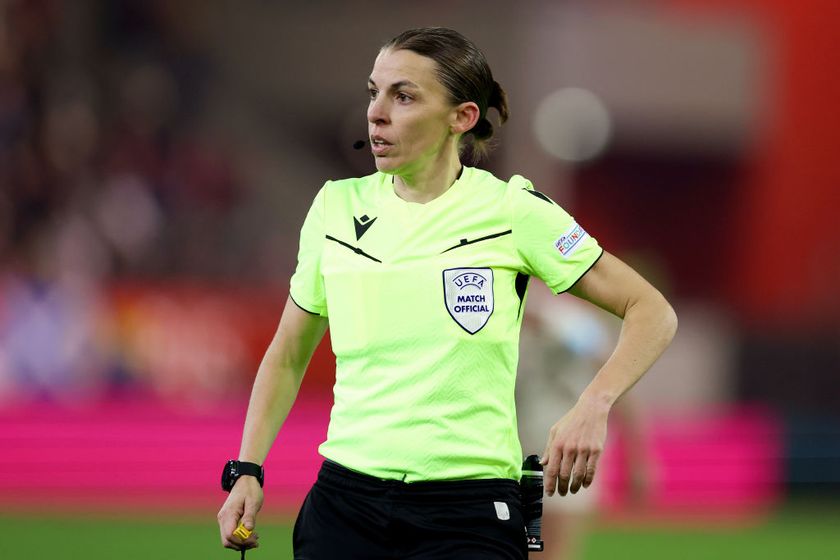The 5 most underrated Premier League managers of all time
From Arsenal’s quiet revolutionary to Liverpool’s big mouth, Steve Bruce is the latest boss to perhaps fly under a radar
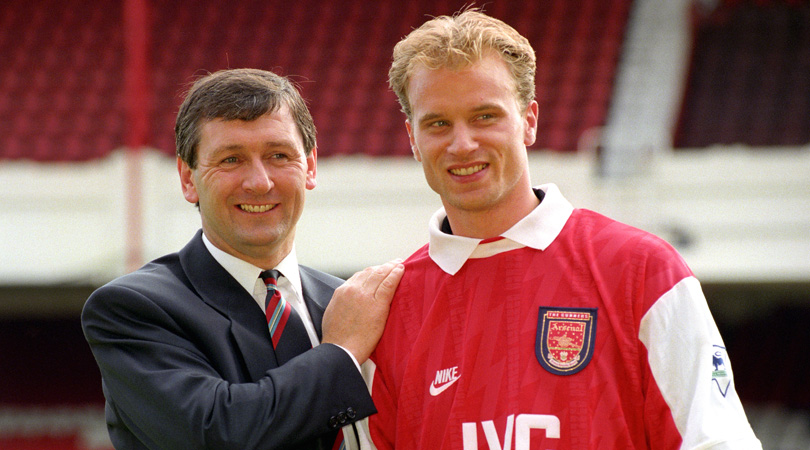
Is Steve Bruce underappreciated? Maybe...
Newcastle's (surely) outgoing manager has been universally disliked by the Geordie faithful - and yet he's managed to keep them up twice, despite scant resources and an average squad.
RICHARD JOLLY Why Steve Bruce deserves his place in the managerial 1,000 club
Here's Michael Cox, author of The Mixer: The Story of Premier League Tactics, on five other bosses who weren’t given full credit for their achievements.
1. Bruce Rioch (Arsenal)
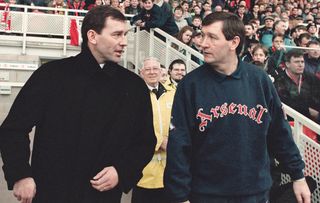
Rioch's name generally only crops up as the answer to a quiz question (‘Who was Arsenal’s manager before Arsene Wenger?’), and those who recall his presence in the Arsenal dugout remember little more than his disagreements with Ian Wright and reputation as a hard taskmaster.
However, behind the old-school approach there was a thoughtful manager who started Arsenal’s rapid evolution over the 1990s, helping to embrace a more cultured, attack-minded game than Gunners fans were accustomed to under George Graham.
Rioch’s tactical approach was based around two major concepts. First, he wanted Arsenal to pass the ball out from the back more, whereas previously they’d depended on long balls. The likes of Tony Adams and Martin Keown embraced this style, while Lee Dixon and Nigel Winterburn enjoyed extra licence to overlap.
Get FourFourTwo Newsletter
The best features, fun and footballing quizzes, straight to your inbox every week.
Second, he wanted Arsenal to become less reliant upon Wright for goals, encouraging the forwards to contribute to passing moves and the midfielders to get themselves into goalscoring positions more. Signing Dennis Bergkamp, meanwhile, was arguably a more significant moment in terms of Arsenal’s footballing identity than the appointment of Wenger.
“Bruce could quite easily have been where Arsene Wenger is today,” Tony Adams once said. It was Rioch’s only Premier League job, and he has remained out of the limelight in retirement, sporadically emerging to enthusiastically praise Arsenal’s style of play that he, in a subtle way, helped to create.
2. Alan Ball (Southampton, Manchester City)
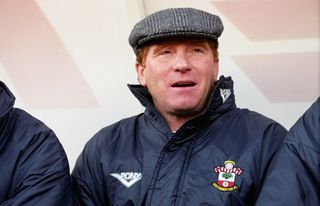
Ball is remembered more favourably as a player than a manager: the general perception is that he was England’s outstanding player in the 1966 World Cup Final but did little in coaching other than taking Manchester City to relegation.
But managerial legacies are about more than mere results, and Ball should be commended for being one of the few managers in the mid-1990s to embrace flair players. At a time of 4-4-2, long balls and muddy pitches, Ball invested huge faith in two misunderstood No.10s.
The first was Matt Le Tissier, perhaps the most universally popular Premier League player of this era, but one who had been suffering badly under the management of Ball’s predecessor. Ian Branfoot had liked long balls and often left out Le Tissier, but Ball was having none of it. On his first day in charge, he put Le Tissier in the centre of his side and literally told Southampton’s players to get the ball to him whenever possible. He responded with 45 goals in 64 games, essentially from a midfield role, which helped to haul the Saints away from relegation.
Ball controversially decamped to Manchester City, where his first signing was Georgi Kinkladze – arguably the single most technically gifted footballer in the Premier League at that stage. Again, he built his side around the Georgian and the City fans fell in love with his mazy dribbles and mesmeric, if inconsistent, performances.
Ultimately, it backfired spectacularly - and City went down. But Kinkladze’s general popularity meant Ball had helped to promote the type of technical talents that had often been overlooked in English football, and for that he deserves his share of credit.
3. Brendan Rodgers (Swansea, Liverpool)
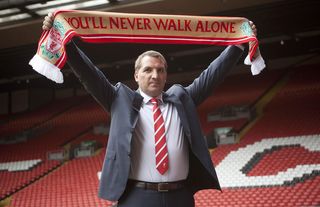
Rodgers was routinely dismissed as some kind of novelty figure, despite the fact he performed an excellent job at three consecutive clubs: guiding Swansea to promotion, taking Liverpool to within a whisker of the Premier League, then steering Celtic to a double-Treble before leaving for Leicester.
Judge him on results rather than post-match interviews and it’s clear that he’s always been a very talented coach. Rodgers’ Swansea side were significant as the Premier League’s most committed possession-based side, at a time when ball retention was coveted more than ever before. Only two sides in the division, Manchester City and Arsenal, averaged more possession in Swansea’s debut season - and they outpassed, and beat, both those sides at the Liberty Stadium. For a newly promoted side with such modest resources that they didn’t even have a training ground, it was a huge achievement.
His Liverpool stint is remembered as a failure because of the narrow miss in 2013/14, but what’s often forgotten is that the Reds started that campaign as fifth favourites for the title. Coming close to glory meant Rodgers was hugely exceeding expectations.
Scrapping his previous emphasis upon possession for a fast-paced counter-attacking style, Rodgers juggled the demands of Daniel Sturridge and Luis Suarez by deploying them intelligently in different positions. He also got the best from Jordan Henderson, realised Raheem Sterling’s precocious talents and created brilliant gameplans which worked wonders in big games – the 5-1 win over then-league leaders Arsenal remains particularly memorable.
There are few Premier League managers who have created two tactically significant Premier League sides. Rodgers did – and Steven Gerrard’s slip shouldn’t mask his contribution.
4. Mike Walker (Norwich, Everton)
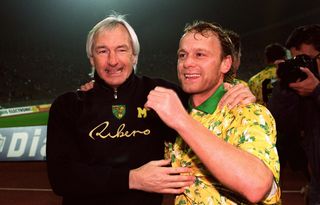
The Premier League’s first season was not a great showcase for attack-minded, technical play. Long-ball football still dominated, and the initial impact of the backpass law in 1992 was that defenders hacked the ball into the stands - it would be a couple of years before they started to develop a proper passing game.
The Manchester United side which eventually triumphed was slightly different, with Eric Cantona’s arrival encouraging them to pass through the centre of the pitch. But the neutral’s favourites in 1992/93 were Mike Walker’s Norwich City, widely tipped for relegation at the start of the campaign.
Walker unashamedly promoted possession play. He’d previously been dismissed from Colchester United because his favoured style was considered too flimsy for the lower leagues - despite his side being in second place at the time. He used a similar approach with Norwich, who took the Premier League by storm in its inaugural campaign. Mark Bowen and Ian Culverhouse flew forward from full-back, Ian Crook bombed on from midfield, David Phillips scored some long-range screamers, Ruel Fox was perhaps the division’s quickest winger and Mark Robins got the goals up front.
By December, Norwich were eight points clear at the top, but then somehow managed to not score in their next five games. Ultimately Norwich lacked the requisite belief and were defensively naive, destroyed 3-1 by Manchester United in a crucial Monday night game which effectively ended their title hopes. But third place behind United and Aston Villa was a success considering pre-season expectations, and helped to prove that possession football could achieve results.
5. Kevin Keegan (Newcastle, Manchester City)
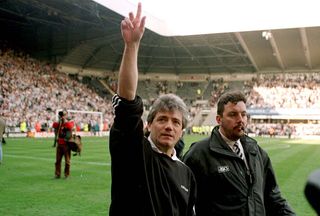
It’s impossible not to consider Keegan as something of a comedy character - the famous rant, the tactical naivety, resigning from the England job in the toilets, taking a break from management to fund a soccer circus. His Newcastle are remembered as bottlers for their 1995/96 near miss, but Keegan’s work at the club was extraordinary.
It’s worth remembering that he took charge of Newcastle when they were in danger of relegation to the third tier, and - aided by significant sums of money - he turned the club around, boosting attendances hugely, achieving promotion to the Premier League and then almost immediately launching a title charge.
He survived the controversial sale of Andy Cole to Manchester United and build a cohesive, attack-minded side which became the neutral’s favourites – literally dubbed ‘The Entertainers’. Les Ferdinand banged in the goals, David Ginola tied right-backs in knots, Faustino Asprilla couldn’t understand a word of English but single-handedly ran opponents ragged.
Keegan overhauled the defence, converting youth team forwards like Steve Howey, Robbie Elliott and Steve Watson into centre-backs or full-backs. Lee Clark was re-deployed as a defensive midfielder having previously been a No.10. Peter Beardsley was switched from forward to right-wing. Keegan wanted to field a team of attackers, and while Newcastle were criticised for their defensive shortcomings, their goals-against record was no worse than several Premier League title winners of this era.
Newcastle fell short. But Keegan took them to their highest finish for 70 years, brought Alan Shearer home and steered them to the 5-0 win over Manchester United – perhaps the single standout team performance of the Premier League era. From second tier looking down, to second place looking up, arguably no other Premier League manager has overseen such a radical transformation.
Subscribe to FourFourTwo today and get three issues delivered for just £3. The offer ends October 17, 2021.
Restock your kit bag with the best deals for footballers on Amazon right now
READ NEXT
FFT'S VIEW FIFA 22 review: This is the most realistic game yet – but with all the madness you'd expect from EA
LIST Where's every Premier League owner from, and what is their net worth?
MONEY OFF Best Football Manager 2022 deal: Save over 30% on FM22 pre-orders with this FourFourTwo code

